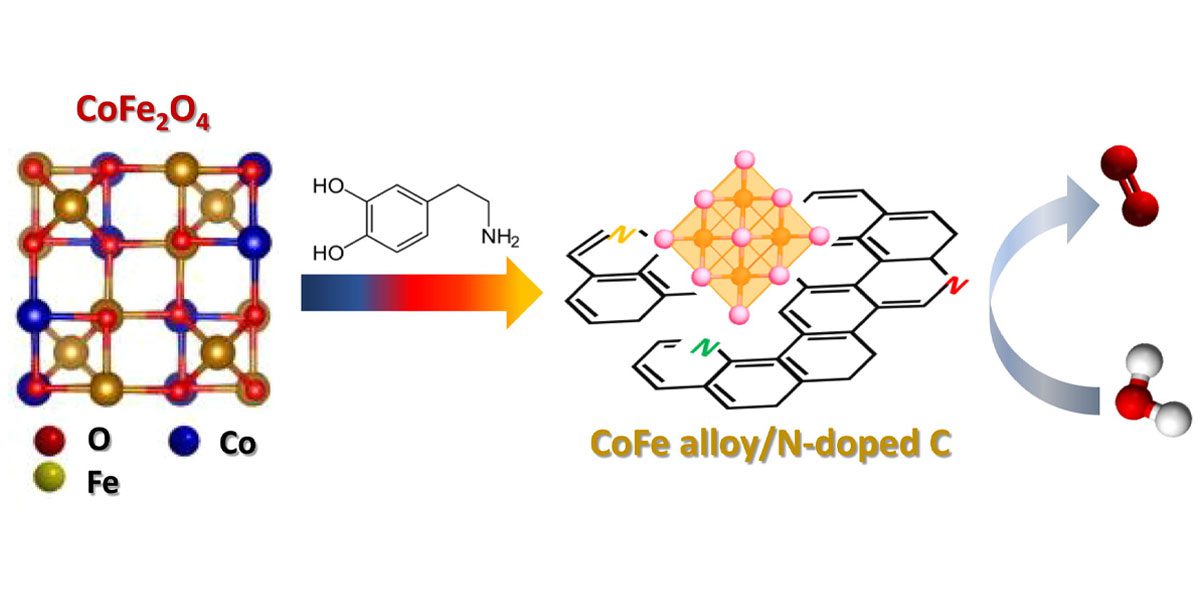Transformation of CoFe2O4 spinel structure into active and robust CoFe alloy/N-doped carbon electrocatalyst for oxygen evolution reaction
Autores: Gebreslase, GA; Martinez-Huerta, MV; Sebastian, D; Lazaro, MJ
Artículo.
J. Colloid Interface Sci.. vol: 625. page: 0021-9797.
Fecha: NOV. 2022.
Doi: 10.1016/j.jcis.2022.06.005.
Resumen:
Electrochemical water splitting is an environmentally benign technology employed for H-2 production; however, it is critically hampered by the sluggish kinetics of the oxygen evolution reaction (OER) at the positive electrode. In this work, nitrogen-doped carbon-coated CoFe electrocatalysts [read more]






